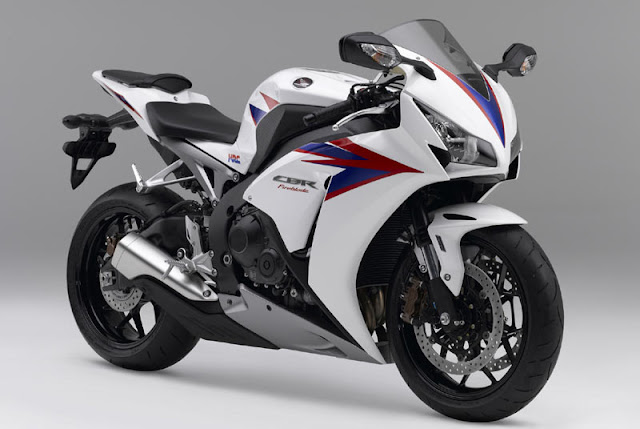It’s true, generally speaking, the smaller the engine displacement the less insurance will cost. Age also plays a factor, too. If you’re 19 and own a CBR1000RR, expect to pay a premium.
Here, we’re putting together ten cheap motorcycles to insure. However, if this list were to simply name the ten cheapest, it would consist entirely of piddly beginner bikes spanning different decades.
To simplify things, this list will be comprised of only 2013 models, of which we picked the two cheapest in five different categories: Beginner bikes (500cc and under), sportbikes, sport-touring, cruisers and standard bikes.
Obviously, the cost of insurance will vary widely depending on age, motorcycle type, and driving record, just to name a few factors. Here, we consulted with three insurance providers: Progressive, GEICO and Dairyland Cycle Insurance for quotes on our fictitious male, 30-year-old rider with a clean driving record living in Los Angeles.
Actual prices won’t be displayed since everyone’s circumstances are different. Shop around with various insurance providers to get specific quotes for your needs.
9. Beginner Bikes – Honda Rebel

The Rebel’s entirely unassuming presence and ride characteristics give riders and insurance companies alike good reason not to feel in danger. If the cruiser style is not for you, the trio in our recent beginner bike shootout: Honda’s CBR250R, Kawasaki Ninja 300 and Hyosung GT250R are all only marginally more costly than the Rebel, and within a few bucks of each other, depending on provider.
8. Beginner Bikes – Honda CB500X/F

For those looking for a Honda alternative, the Suzuki DR-Z400SM priced similarly to the two CB500s.
7.Sportbikes – Triumph Daytona 675

6. Sportbikes – Kawasaki ZX-10R

5. Sport-Touring – KTM 990 SM-T

4. Any Other Sport-Touring Motorcycle

3. Cruisers – Honda Shadow 750, Suzuki Boulevard S40, Star V Star Custom

2. Cruisers – Kawasaki Vulcan 900 Classic, Suzuki Boulevard C50, Triumph America/Speedmaster

Take a slight step up in displacement and there’s another tie, as the Kawasaki Vulcan 900 Classic, Suzuki Boulevard C50 and Triumph America/Speedmaster all returned the same quote during our search. At 803cc, the Suzuki has the smallest engine of the trio. Triumph is next at 865cc, with the Kawasaki trumping the others at 903cc. The Triumph is unique in that it’s the only one with a parallel-Twin instead of a V-Twin like the others.
1. Standards – Honda NC700X, Kawasaki Ninja 650/Versys, Suzuki SFV650

Often, when we have a member of this innocent, do-anything-and-do-it-comfortably foursome in our garage, it’s the one we gravitate towards when the cameras aren’t pointed at us. If we were to actually own one, knowing the insurance wouldn’t take a bite of our wallet just makes us favor them even more.































